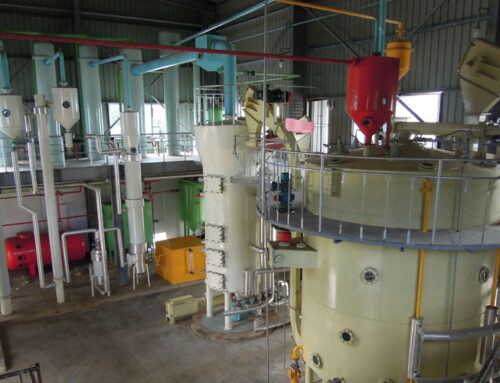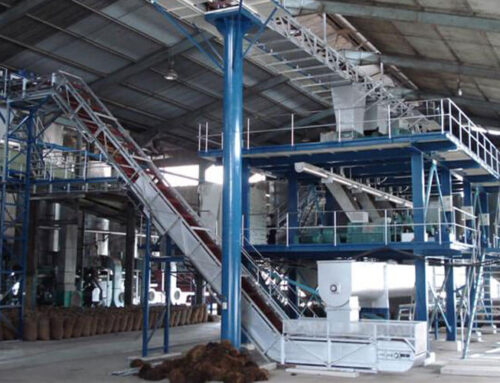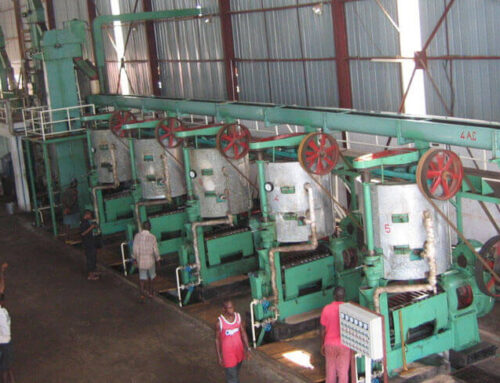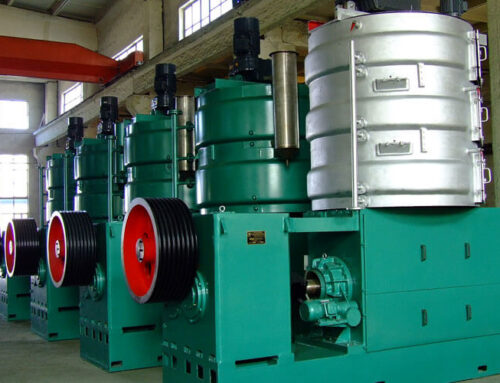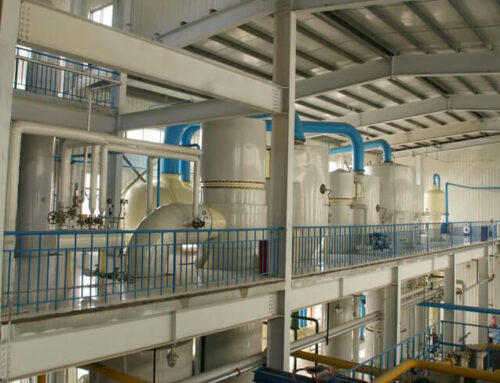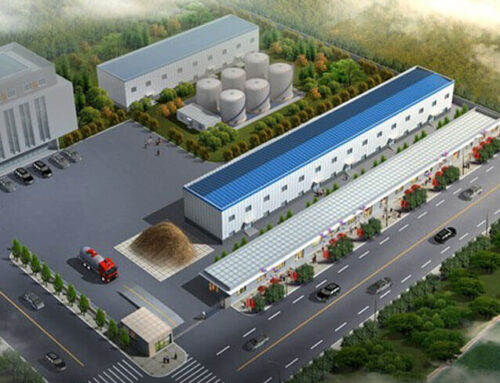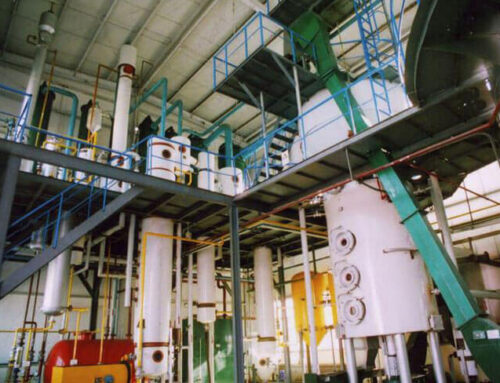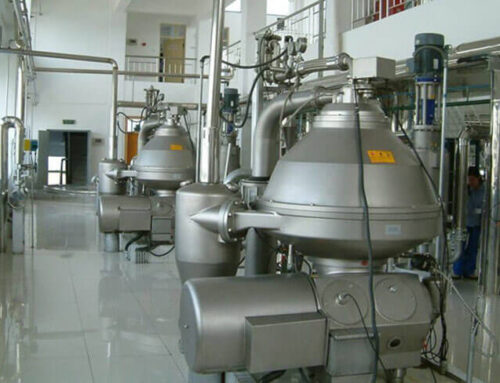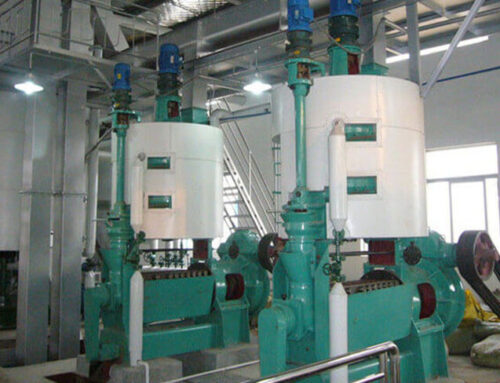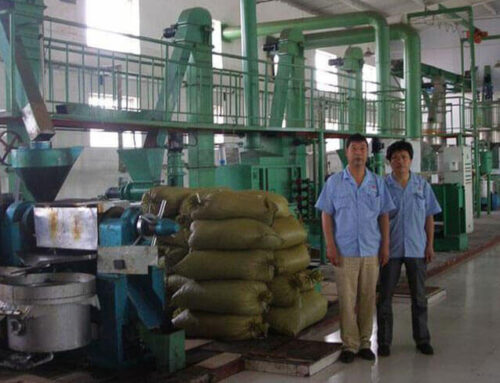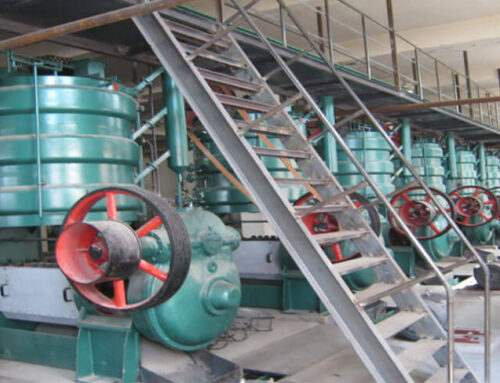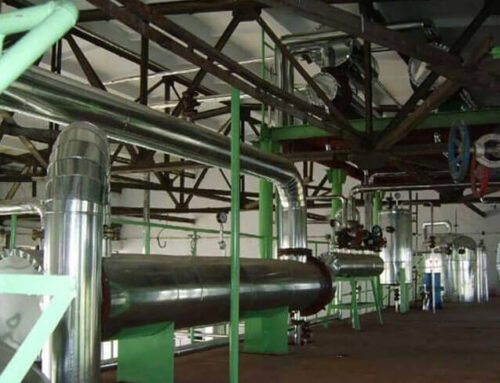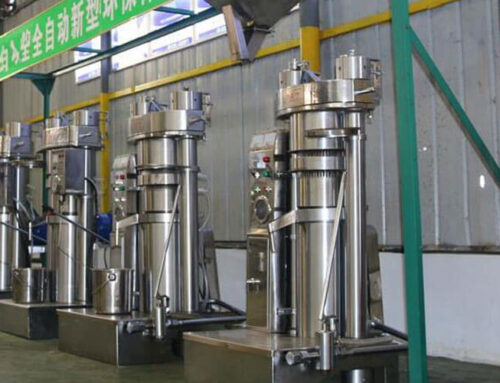Complete Rice Bran Oil Extraction Plant Solution
A Rice Bran Oil Production Line is designed to efficiently process rice bran, a by-product of rice milling, to extract high-quality rice bran oil. One ton of rice bran can produce about 100kg to 140kg of refined rice bran oil. This oil is valued for its unique nutritional profile, containing antioxidants and a high percentage of unsaturated fatty acids.
Our rice bran oil production lines range from small capacities of 2 tons per day (TPD) to large-scale production lines capable of processing up to 5,000 TPD. Customization is available to meet the unique needs of different customers, including factory layout design, machinery selection, automation systems, and energy-efficient features. Our rice bran oil production lines are designed to deliver consistent, high-quality oil with efficient production. We provide comprehensive support, from installation and training to after-sales services, ensuring seamless and profitable operation for your business. Let us know if you need further customization or additional details.
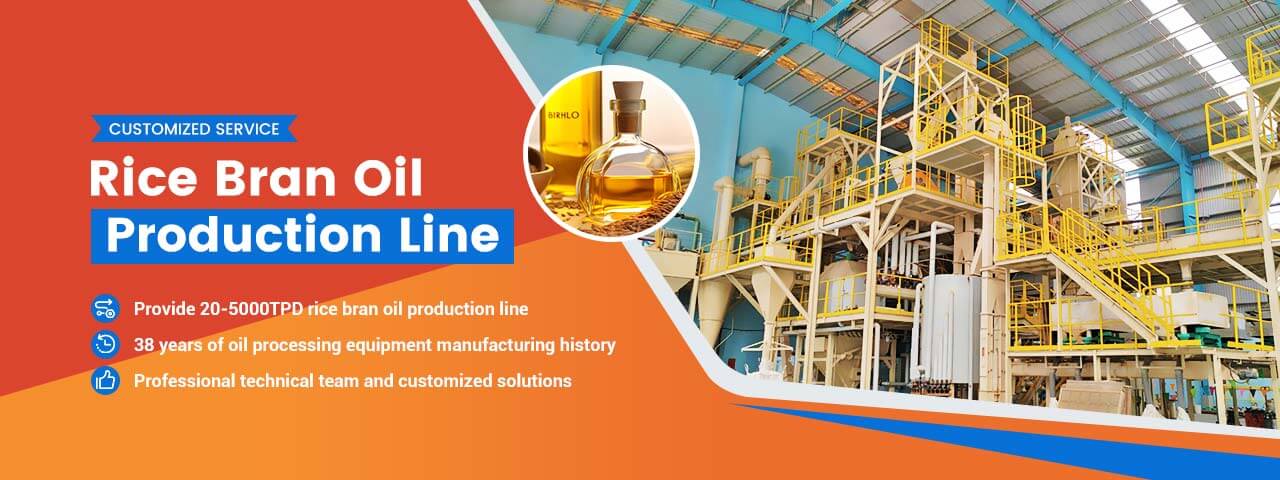
Rice Bran Oil Production Line Overview
The rice bran oil extraction line adopts expansion extraction technology to produce rice bran oil. The rice bran oil mill plant includes a rice bran pretreatment and expansion workshop, a rice bran oil solvent extraction workshop, and a refining workshop. The rice bran oil production line adopts rice bran expanders to make the rice bran into porous expanded pellets, which improves solvent permeability and increases extraction efficiency. Adopts negative pressure evaporating system and mineral oil system, having the features of saving energy and good crude oil quality. Rice bran oil refinery plant adopts physical deacidification and deodorization technology, having high refining yield and the oil obtained has shallow color and good quality. A typical rice bran oil production line includes the following machinery:

Stabilizer: Prevents rancidity by deactivating lipase enzymes.
Extractor: Efficient solvent extractor to separate oil from rice bran.
Desolventizer-Toaster (DTDC): Used for solvent recovery and meal drying.
Evaporator and Stripper: Used for solvent recovery from miscella.
Degumming Tank, Bleacher, and Deodorizer: For refining crude oil.
Dewaxing Tank: Removes waxes for clarity, especially in winter.
Fractionation System (optional): Separates fractions for various applications.
Storage Tanks: For storing the finished oil.
Benefits of Our Rice Bran Oil Production Lines
We own patented and unique rice bran oil extraction technology and have built multiple large-scale rice bran oil mill projects around the world
High Yield: Optimized extraction methods for maximum oil recovery.
Stable Oil Quality: Stabilization prevents rancidity, maintaining a high-quality oil output.
Nutrient Retention: Preserves natural antioxidants like oryzanol, tocopherols, and tocotrienols.
Environmental Compliance: Solvent recovery systems reduce waste and emissions.
Flexible Processing: Suitable for both small-scale and large-scale rice bran oil production.
Adopt expansion technology: Increases extraction efficiency, reduces residual oil rate, and improves the quality of the extracted oil.
Adopt negative pressure evaporating systems: With low evaporating temperature, the extracted oil has good quality and shallow color, saving steam consumption.
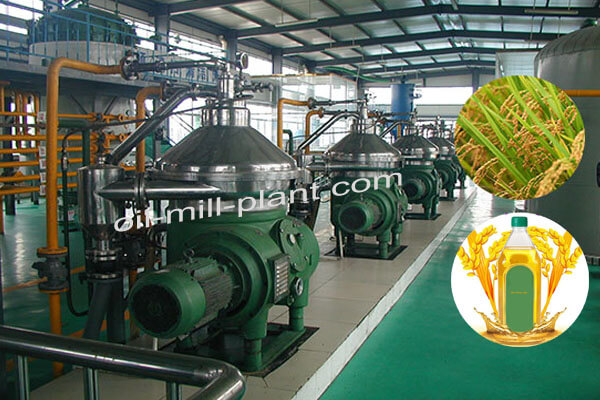
CONTACT US FOR A FREE QUOTE
Have A Look At Our Rice Bran Oil Extraction Projects Case

400 TPD Rice Bran Oil Extraction Plant Is Under Installation
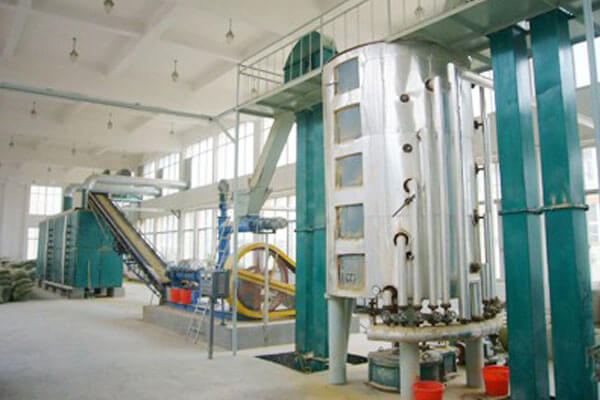
200 TPD Rice Bran Oil Plant Setup In Bangladesh
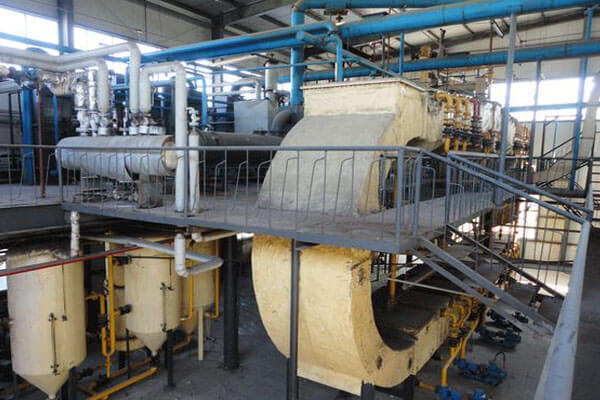
100 TPD Rice Bran Oil Processing Plant In Pakistan
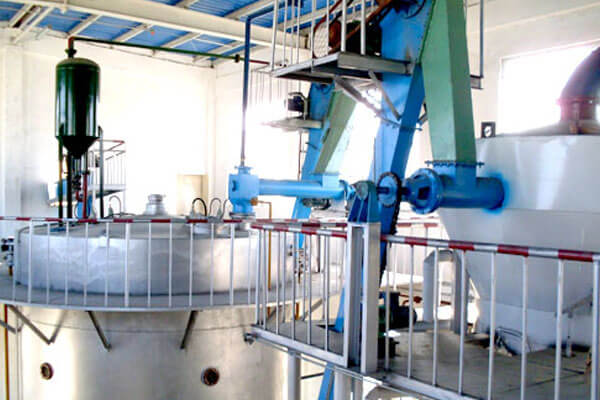
100 TPD Rice Bran Oil Processing Plant In Pakistan
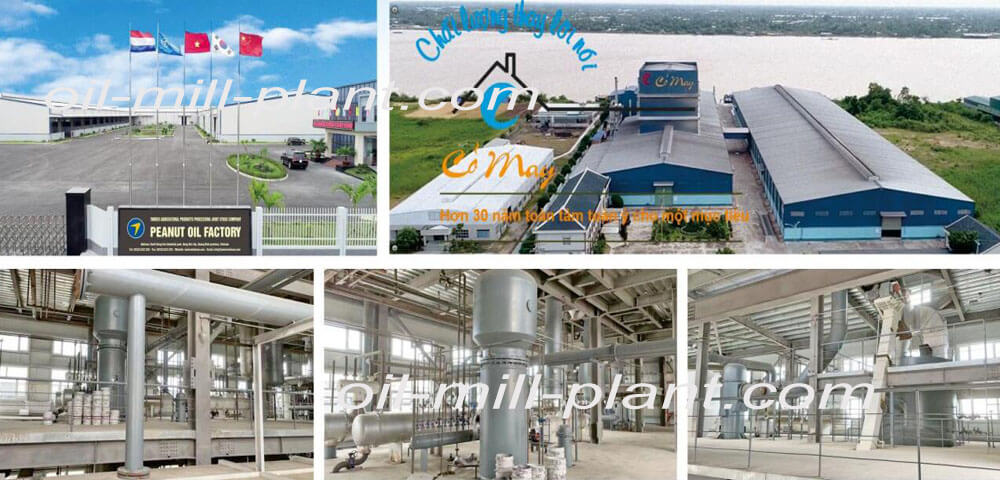
100 TPD Rice Bran Oil Extraction Plant Project in Vietnam
Rice Bran Pretreatment
Clean out the sand, broken rice, straw ropes, plant straw, and other debris contained in the rice bran to avoid damaging or clogging the extraction equipment and affecting the oil yield. At the same time, the rice bran must be preheated in advance to adjust the moisture & temperature of the rice bran to achieve a suitable state for oil production. The pretreatment phase prepares the rice bran for efficient oil extraction by stabilizing & conditioning it.
Rice Bran Stabilizer: This machine inactivates lipase enzymes in rice bran by heat treatment, preventing rancidity.
Cleaning and Sifting: Impurities are removed to ensure a clean product for extraction.
Conditioning: The rice bran is conditioned to an optimal moisture and temperature level for extraction.
Rice Bran Pretreatment & Expanding Workshop
rice bran→rice bran cleaning→rice bran & broken rice separation→conditioning→expanding→drying and cooling→to solvent extraction workshop
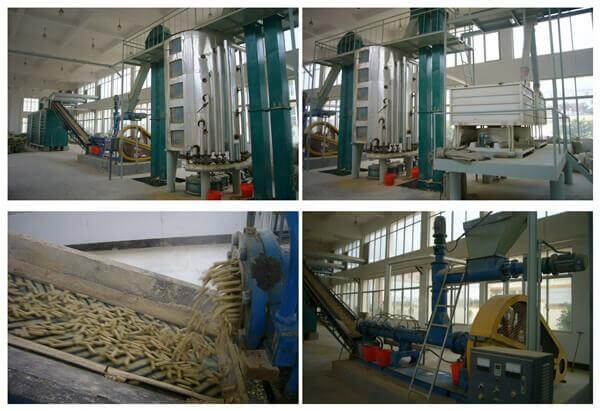
Rice Bran Expanding
Rice Bran expansion is an essential process in the rice bran oil production line, used to improve oil yield, enhance extraction efficiency, and ensure the stability of the rice bran before extraction. This process involves transforming the rice bran into expanded granules to increase the surface area, reduce powder formation, and enable better oil-solvent contact, which is especially beneficial in solvent extraction. This method is particularly suited for medium to large rice bran oil production lines, where consistency, cost-effectiveness, and product quality are key priorities.
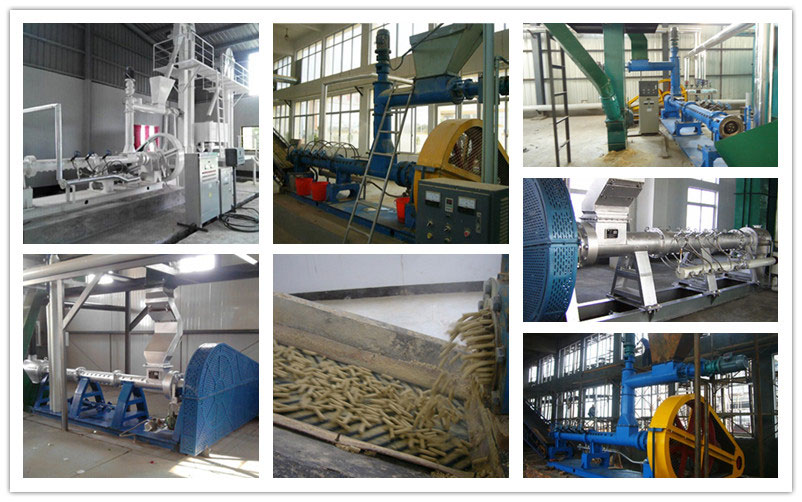
1. The rice bran is first conditioned by adjusting its moisture content and temperature to optimal levels, typically around 12-15% moisture.
2. The conditioned rice bran is fed into the expander machine, which applies mechanical and thermal energy to the rice bran.
3. Inside the expander, the rice bran is rapidly heated with steam, causing the internal moisture to vaporize and expand. This creates a puffed or “porous” structure that significantly increases the surface area of each particle.
4. The expander uses screw elements that rotate and compress the rice bran, generating frictional heat. The heat combined with the steam injection causes the rice bran to expand.
5. Pressure builds within the expander chamber, and as the rice bran exits the machine, the sudden release of pressure causes it to expand further, forming expanded rice bran granules or pellets.

Cooling and Stabilization
After expansion, the rice bran must be cooled immediately to stabilize its structure and stop enzymatic activity. Usually, a chain dryer or pneumatic dryer is adopted in the rice bran oil processing plant for the drying and cooling of expanded rice bran. The expanded bran is passed through a cooler or spread thinly on a cooling conveyor. Cooling also prevents condensation, which could otherwise lead to moisture buildup and spoilage.
Rice Bran Oil Extraction Process
The extraction process is the central step where oil is separated from rice bran, typically through solvent extraction. The solvent extraction process involves multiple stages, each carefully designed to maximize oil yield while maintaining product quality. The main steps include solvent soaking, desolventizing, miscellany (oil-solvent mixture) distillation, and solvent recovery. The solvent extraction process meets both economic and environmental standards, making it ideal for large-scale rice bran oil production lines.

Rice Bran Oil Solvent Extraction Process Steps
1. Feeding into the Extractor: The prepared rice bran is continuously fed into the rotocel extractor or loop extractor, where it meets a counterflow of solvent. The extractor maintains a steady flow to ensure uniform oil extraction from each rice bran particle.
2. Solvent Soaking and Percolation: In the extractor, rice bran is soaked in the solvent (usually hexane), which penetrates the porous structure and dissolves the oil content. The extractor’s percolation design allows the solvent to flow through layers of bran, efficiently extracting oil.
3. Formation of Miscella: As the solvent absorbs the oil, a solution known as “miscella” (a mixture of oil and solvent) is formed. This miscella is collected and pumped out for further processing to separate the oil from the solvent.
4. Evaporating and Stripping: Once the miscella has been formed, it undergoes distillation to separate the crude rice bran oil from the solvent. The miscella enters the first evaporator, the second evaporator, and the disk stripping column in the rice ban oil plant to separate solvent and crude rice bran oil. The solvent vapor enters the condensing system to get condensed and recovered for reuse. The crude oil enters the crude oil holding tank for refining. The rice bran oil extraction plant adopts negative pressure evaporation technology, saving steam consumption and the extracted crude oil has good quality. Heating is carefully controlled to avoid overheating the oil and maintain its quality.
5. Solvent Recovery System: Solvent vapors from the distillation process are condensed and recycled back into the extraction process. This closed-loop system minimizes solvent losses and environmental impact.
6. Desolventizing the Extracted Meal: After the oil is extracted, the rice bran residue (now called meal or de-oiled bran) still contains residual solvent, which must be removed before further use. The extracted meal is transferred to a DTDC desolventizer-toaster unit, where it is heated to remove residual solvent. Steam is typically injected to help drive off the solvent while toasting improves the nutritional quality of the bran meal. After desolventizing, the bran meal is set to the drying layer to remove water and the cooling layer to lower the temperature and then sent to the meal storehouse for packaging. This de-oiled meal, rich in protein and fiber, can be used in animal feed or other applications.
7. Solvent Recovery and Recycling: A solvent recovery system captures evaporated hexane during both the miscella distillation and desolventizing steps.
Condensation System: Solvent vapors are condensed in a cooling unit, allowing the hexane to return to liquid form. The recovered solvent is collected in storage tanks.
Solvent Recycling: Recovered solvent is filtered and re-used in the extraction process, creating a closed-loop system that reduces solvent consumption and operational costs.
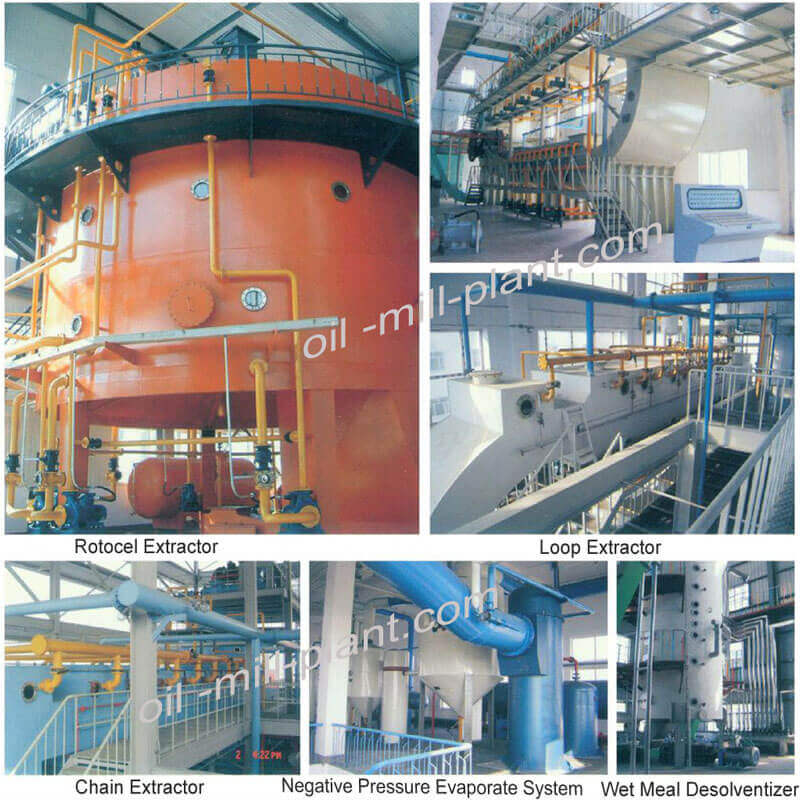
Rice Bran Oil Refining Plant
Refining is essential to purify the crude rice bran oil, making it edible and improving its flavor, color, and shelf-life. Rice bran oil refining involves transforming crude oil into a finished product that meets edible oil standards. This process can either be done through chemical refining (also known as alkali refining) or physical refining, depending on the oil quality and desired end-product specifications.
Equipment in Rice Bran Oil Refining Plant
Degumming Tanks: For mixing oil with water or acids to remove gums.
Neutralization Reactor: For adding alkali to neutralize FFAs.
Bleacher (Decolorization Unit): Holds the oil and bleaching agent, with a filtration system to remove used adsorbents.
Deodorizer: High-temperature vacuum distillation equipment for removing volatile impurities.
Dewaxing Unit: Cooling and filtration system to crystallize and remove waxes.
Fractionation Unit: Allows controlled cooling and crystallization to separate oil into liquid and solid fractions.

Key Stages in the Rice Bran Oil Refining Process
Degumming: Phospholipids and gums are removed by adding water or an acid solution, which binds to the impurities and allows them to separate.
Deacidification: Free fatty acids (FFAs) are removed, either by neutralizing with an alkali (chemical refining) or through distillation (physical refining), to prevent spoilage and improve taste.
Decolorization (Bleaching): Activated clay or other bleaching agents are used to remove pigments and other color compounds, yielding a lighter, more visually appealing oil.
Deodorization: The oil undergoes high-temperature steam distillation under vacuum conditions to remove any remaining odor compounds, ensuring a neutral aroma.
Dewaxing (Winterization): This is an optional step that removes waxes from rice bran oil, essential for a clear oil appearance, especially if the oil is stored in cooler temperatures.
Fractionation (Optional): Fractionation is often applied to rice bran oil to separate liquid and solid parts, giving manufacturers the flexibility to produce products with different melting points or specialized applications, such as rice bran wax.
Packaging and Storage: After refining, the purified rice bran oil is stored in sealed containers to prevent oxidation and contamination. The oil is then packaged for distribution, usually in bottles, cans, or drums, ready for retail or industrial use.
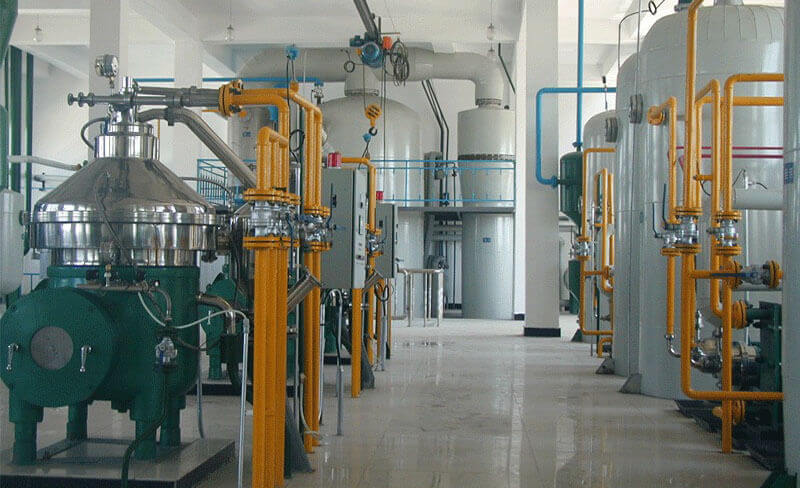
CONTACT US FOR A FREE QUOTE



